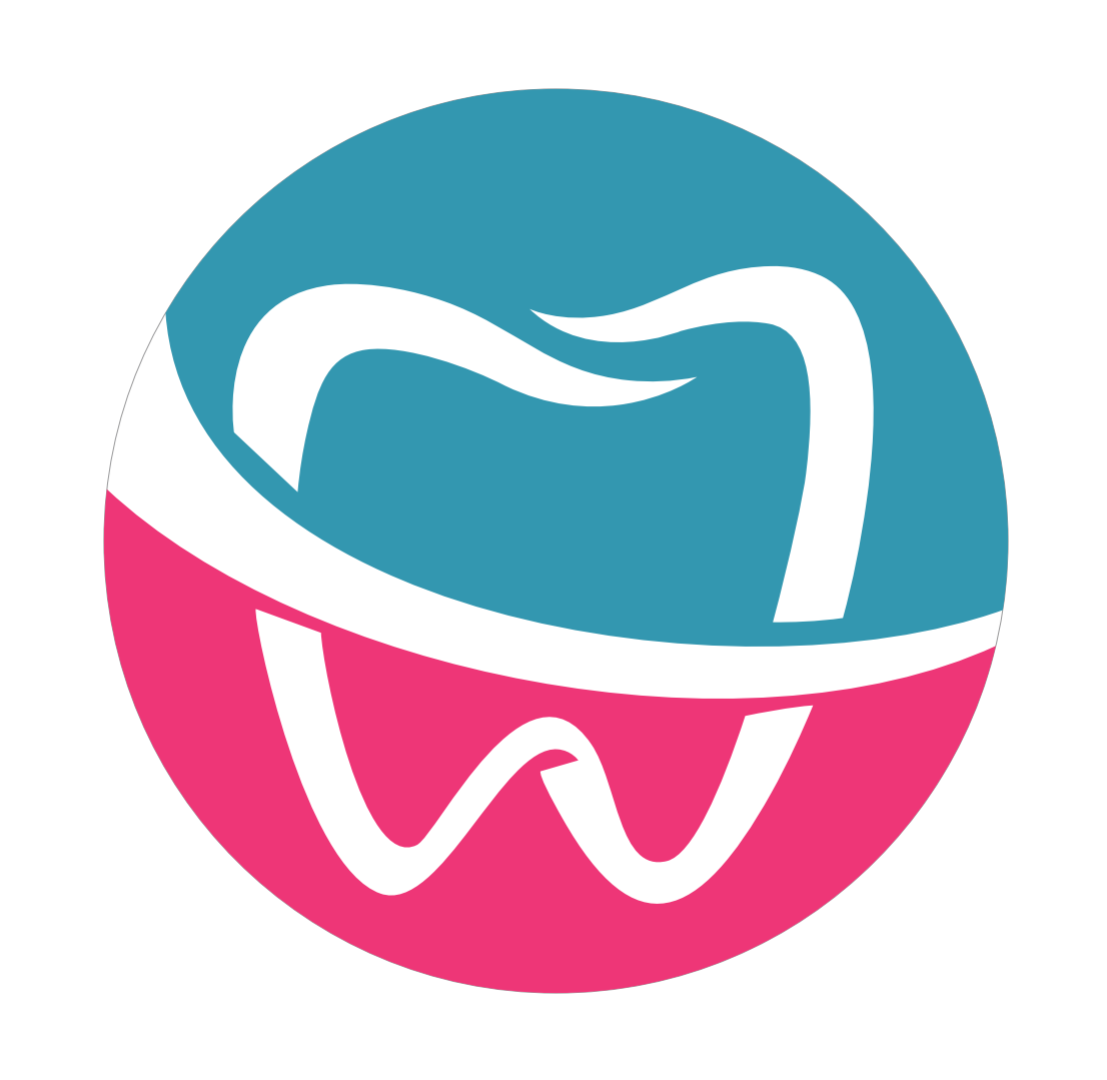Introduction
Malocclusion, also known as misaligned teeth, is a common dental problem. It happens when your teeth do not fit together as they should. Because of this, you may notice problems with your bite, chewing, or even your smile. Anyone can have malocclusion, but it often starts in childhood. Early treatment can help prevent future dental issues. Understanding malocclusion is important for your oral health.
What Is Malocclusion?
Malocclusion means your upper and lower teeth do not line up properly. As a result, your teeth may look crowded, crooked, or spaced too far apart. Sometimes, the jaws may not match up either. This condition can be mild or severe. While some people have no symptoms, others may notice problems.
Common signs and symptoms of malocclusion include:
According to the World Health Organization (WHO), malocclusion is one of the most common dental issues worldwide. Early detection can help prevent more serious problems later.
Causes of Malocclusion
There are several reasons why malocclusion can develop. Sometimes, it is passed down in families. Other times, habits or health issues play a role. Here are the main causes:
Because many causes start early in life, regular dental check-ups are important for children. However, adults can develop malocclusion too, especially after injury or tooth loss.
Types of Malocclusion
Malocclusion comes in several types. Dentists and orthodontists use these categories to plan treatment. Each type affects the bite in a different way. Here are the main types:
Because each type of malocclusion is different, treatment options will vary. Early diagnosis can help prevent more serious orthodontic problems.
Conclusion
Malocclusion, or misaligned teeth, can affect anyone. It may cause problems with eating, speaking, or even self-confidence. However, many treatment options are available. If you notice signs of dental misalignment, do not wait. Consult a dental specialist for personalized advice on malocclusion. Early care can lead to a healthier, happier smile.

